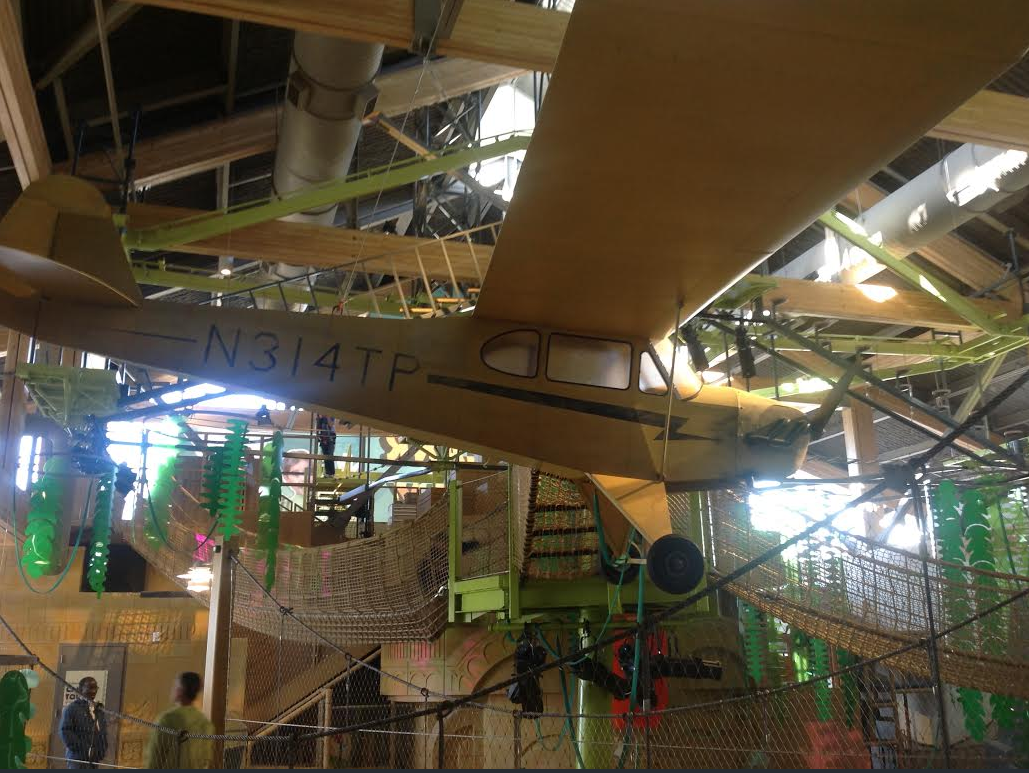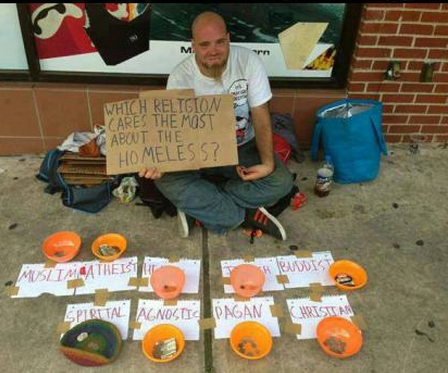Hello Space Center Fans,
BJ, Casey, and Brandon from DSim (Discovery Space Center) are in Washington DC attending a STEM conference. They will man a DSim booth on the trading hall educating conference attendees on the Space EdVentures method of experiential simulations. Let's hope they drum up interest and a few possible leads for future simulators. If Casey can't sell a ship or two at a STEM conference with his political savvy and unique brand of arm twisting, then no one can.
General Membership Meeting
There was a Farpoint general membership meeting this morning at Renaissance Academy. We had over thirty cadets in attendance. Alex Anderson gave a short presentation on the Vanguard's developing computer controls. Dave Daymont talked about the Vanguard's security station. Megan Warner, director of the CMSEC, talked abut the upcoming exciting summer camp season at the Space Center at Central School.
We divided into departments for specialized instruction. Matt Long and McKay Hardy met with the engineering cadets. Melanie Long and Jacqueline Lystrup met with the medical cadets, and Mark Daymont, Dave Daymont, Alex Anderson and I met with those cadets interested in command and logistics.
All Farpoint cadet gatherings end with a huge Bombardment game in the gym. A good time was had by all.
The Museum of Natural Curiosity
Last Thursday, Kyle Herring invited the Space EdVentures' Board to attend an open house at Thanksgiving Point's Museum of Natural Curiosity sponsored by his employer, Paragon.
 |
| Kyle, Michelle and Baby David. |
Kyle greeted us at the door. After a little bit of catch up, I turned and braved the wooden suspension bridge leading to the land portal.
 |
| The suspension bridge and the land portal |
 |
| Looking to the left of the suspension bridge you peer into jungle world |
 |
| Looking to the right, Jungle world again. |
From here, guests decide which area They'd like to explore. I made a left turn and set my fortunes in Water Works.
 |
| Exploring the tornado machine in Water World |
 |
| Water Worlds 'make a contour' topographic activity. |
 |
| My favorite, the wind machine. You get feel the effect of winds exceeding 70 miles per hour. |
 |
| Don't remember what this was |
 |
| Another water activity I didn't stop to explore. |
 |
| There is a large section of Water Works where kids can get wet. Kids will love this. |
It's back to the portal, then a left turn into Kidopolis.
 |
| City Center in Kidopolis |
 |
| The city's train station |
 |
The bank, complete with a vacuum tube transfer, just like at the real bank.
There's even fake money to use in the till. |
 |
| The town's cinema |
 |
| Front stage in the cinema. Kids put on their own productions here. |
 |
| The audience area in the cinema |
 |
Behind the curtain at the cinema: costumes, hats, props. Everything a child needs
to create a play for the family to enjoy. |
 |
| The puppet house |
 |
| The puppet house |
 |
| The laundromat. |
 |
| The Vet's clinic in Kidopolis |
It's back to the portal for a trip to the jungle.
 |
| Down a flight of stairs. |
And here we are.
High above us are the rope bridges and a climbing area. Kids are strapped into harnesses and can explore the building's rafters high above the crowds below.
Space and Science News
This artist's concept depicts Kepler-186f, the first validated Earth-size planet to orbit a distant star in the habitable zone -- a range of distance from a star where liquid water might pool on the planet's surface. The discovery of Kepler-186f confirms that Earth-size planets exist in the habitable zones of other stars and signals a significant step closer to finding a world similar to Earth.
The size of Kepler-186f is known to be less than ten percent larger than Earth, but its mass, composition and density are not known. Previous research suggests that a planet the size of Kepler-186f is likely to be rocky. Prior to this discovery, the "record holder" for the most "Earth-like" planet went to Kepler-62f, which is 40 percent larger than the size of Earth and orbits in its star's habitable zone. Read More
The Imaginarium
Where else would you find this much to consider?
















































































No comments:
Post a Comment